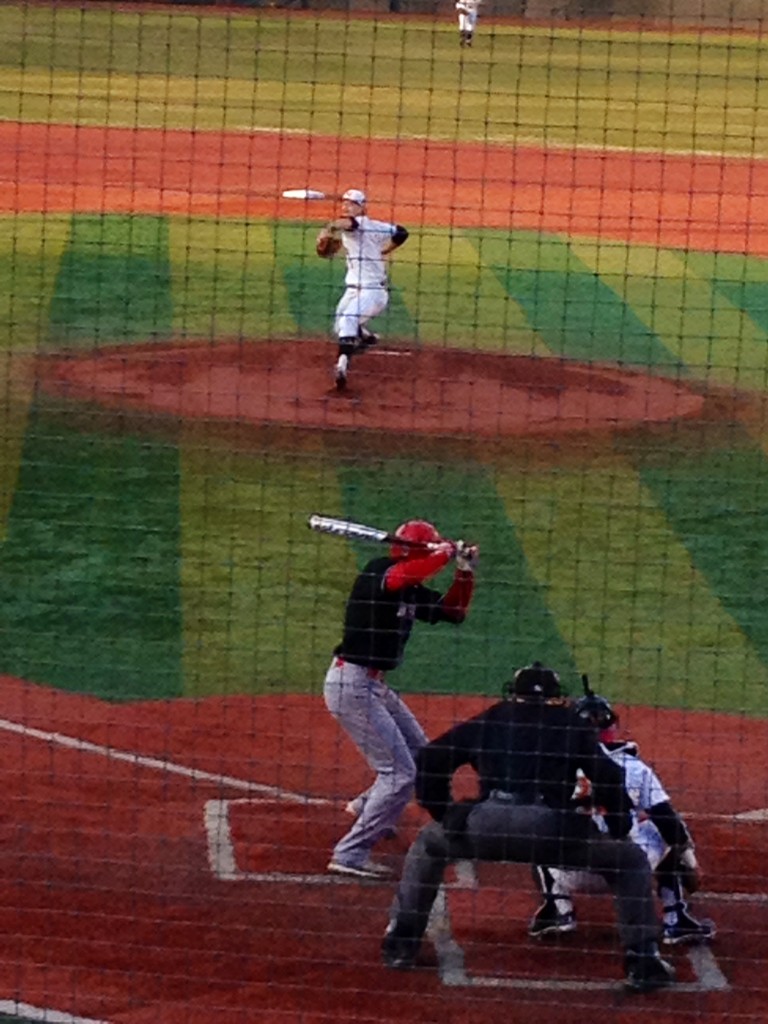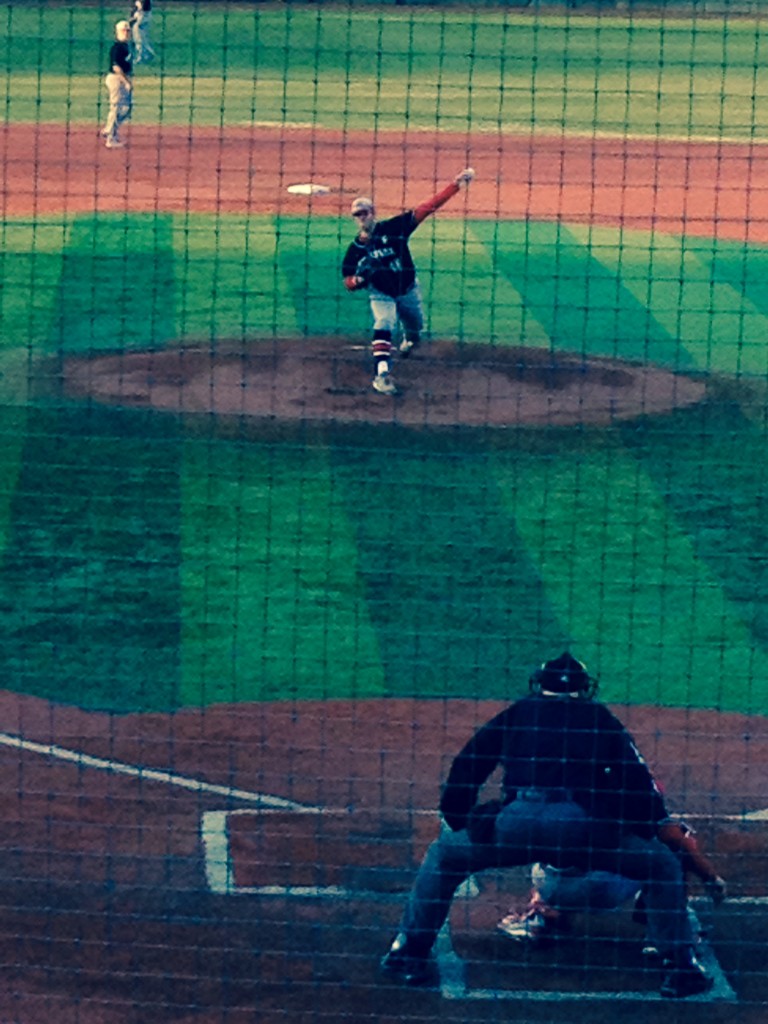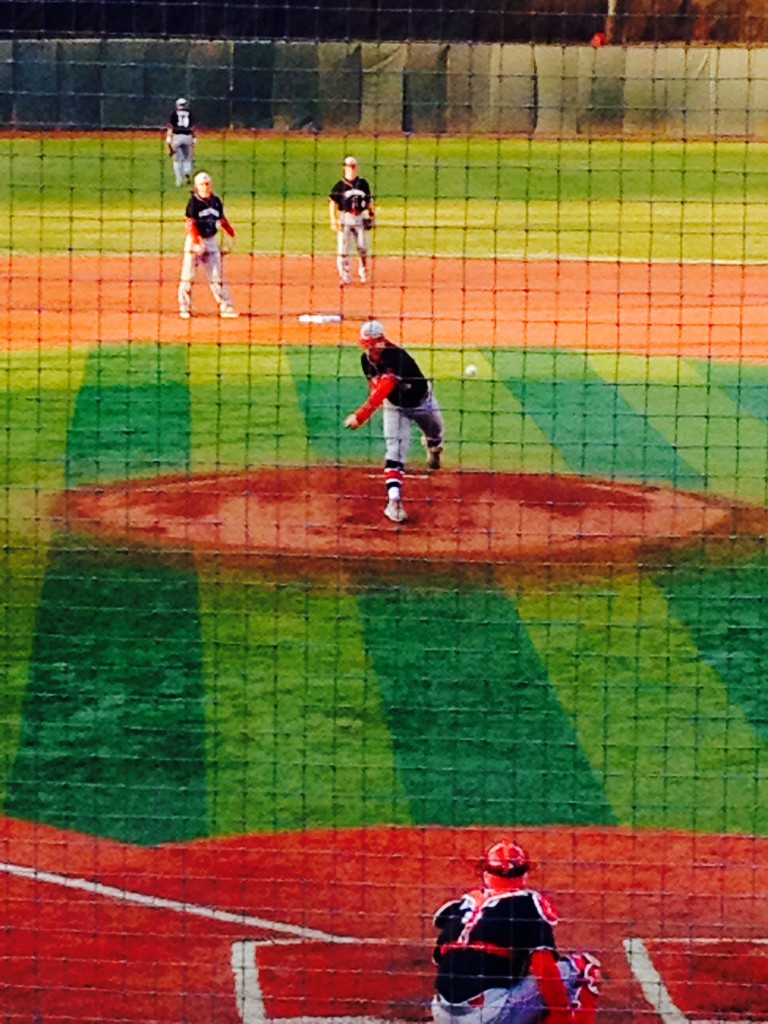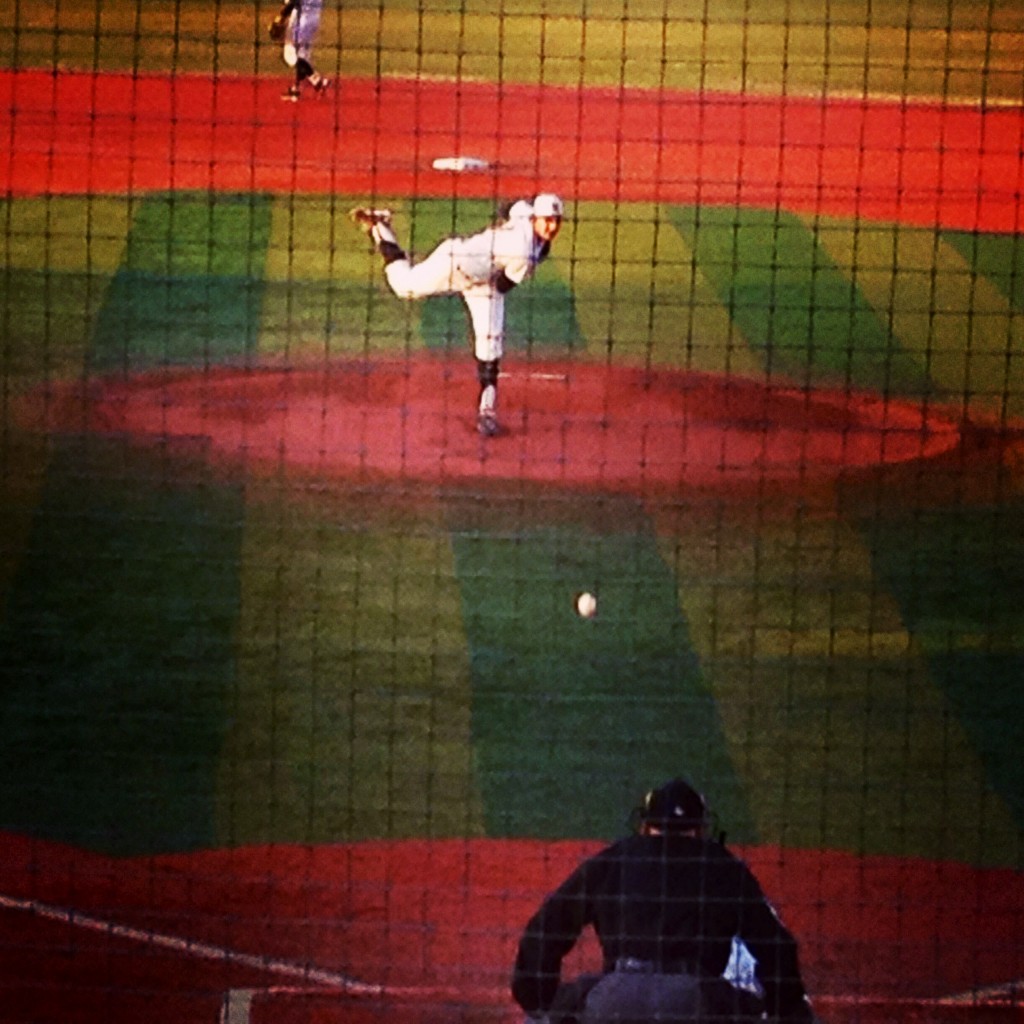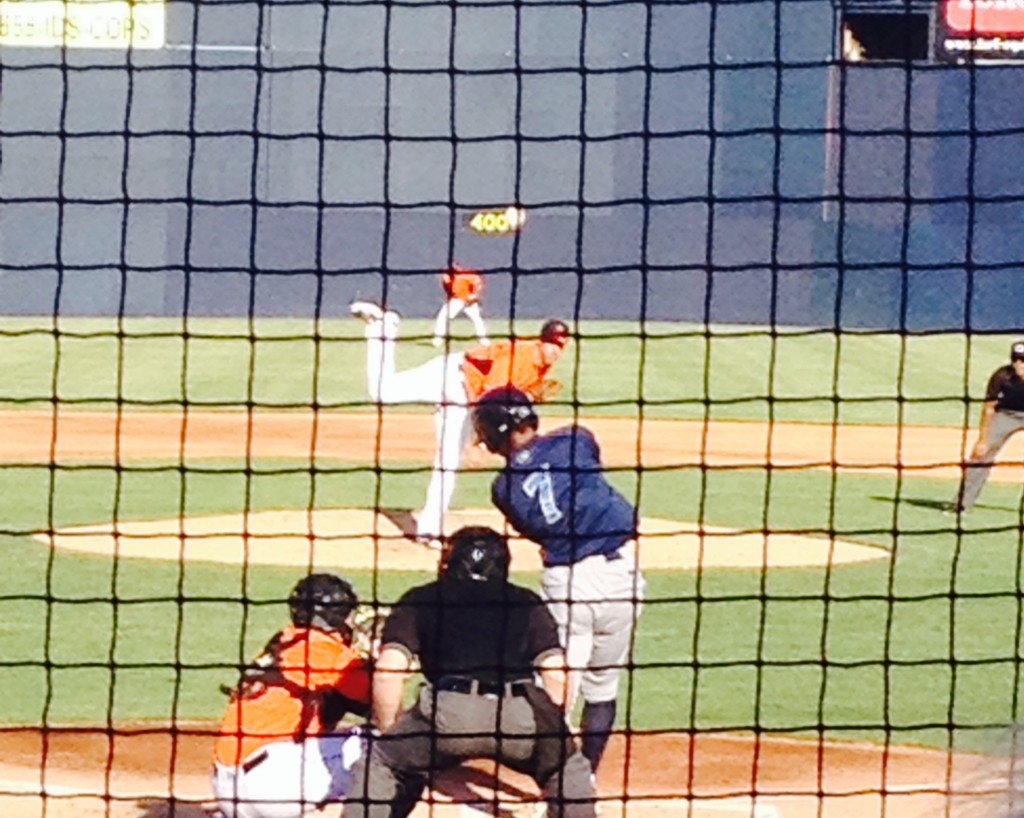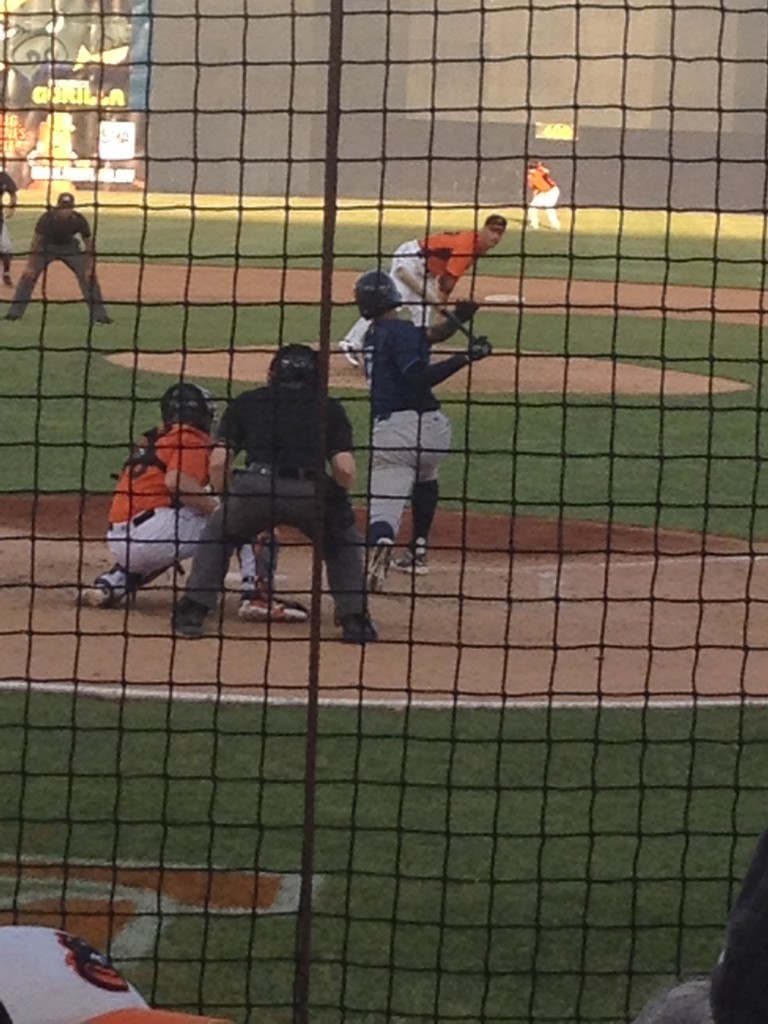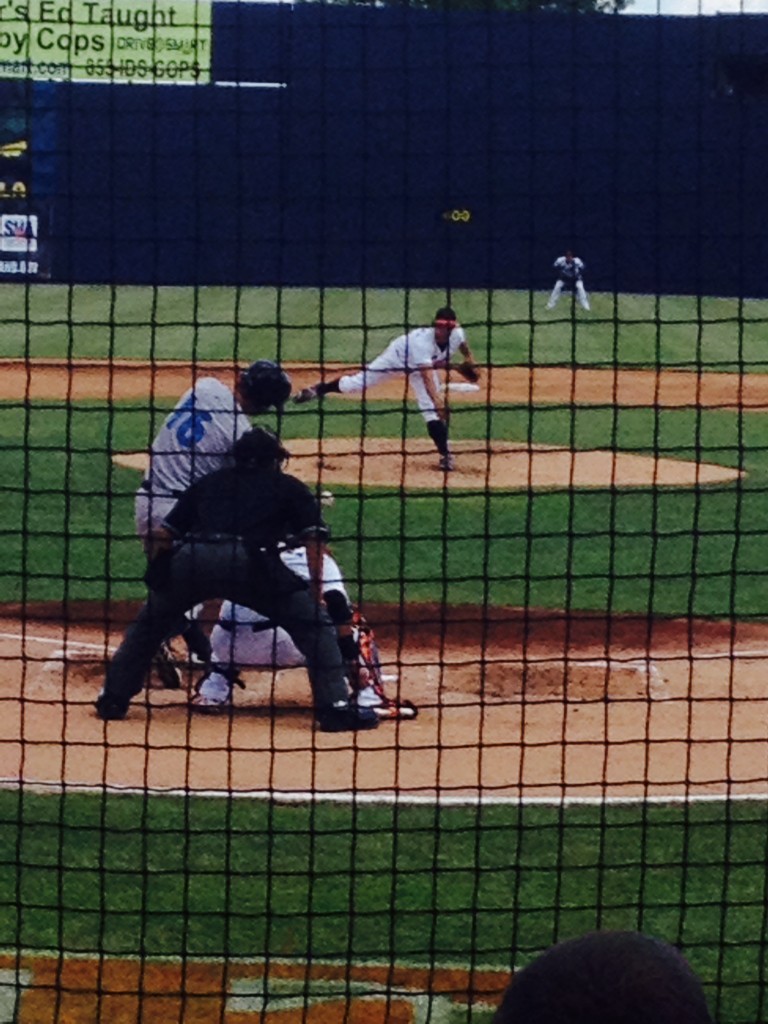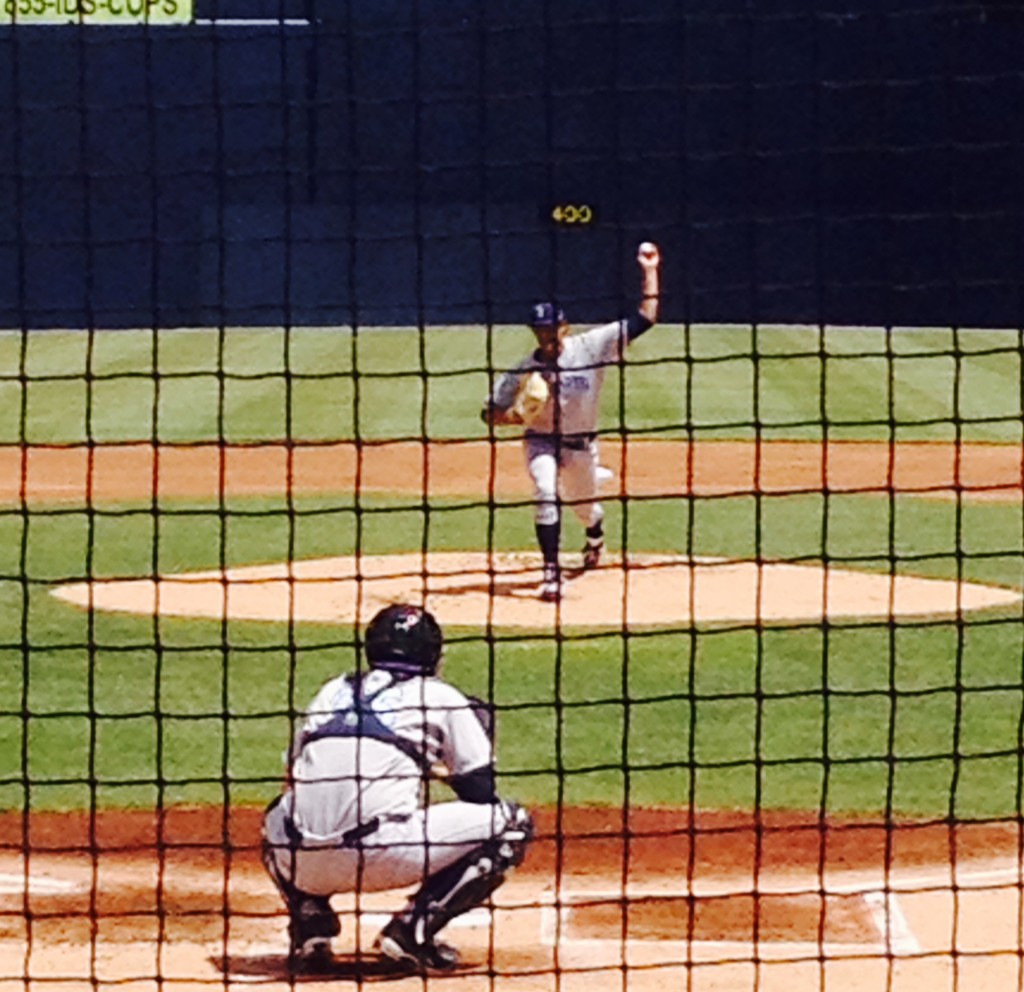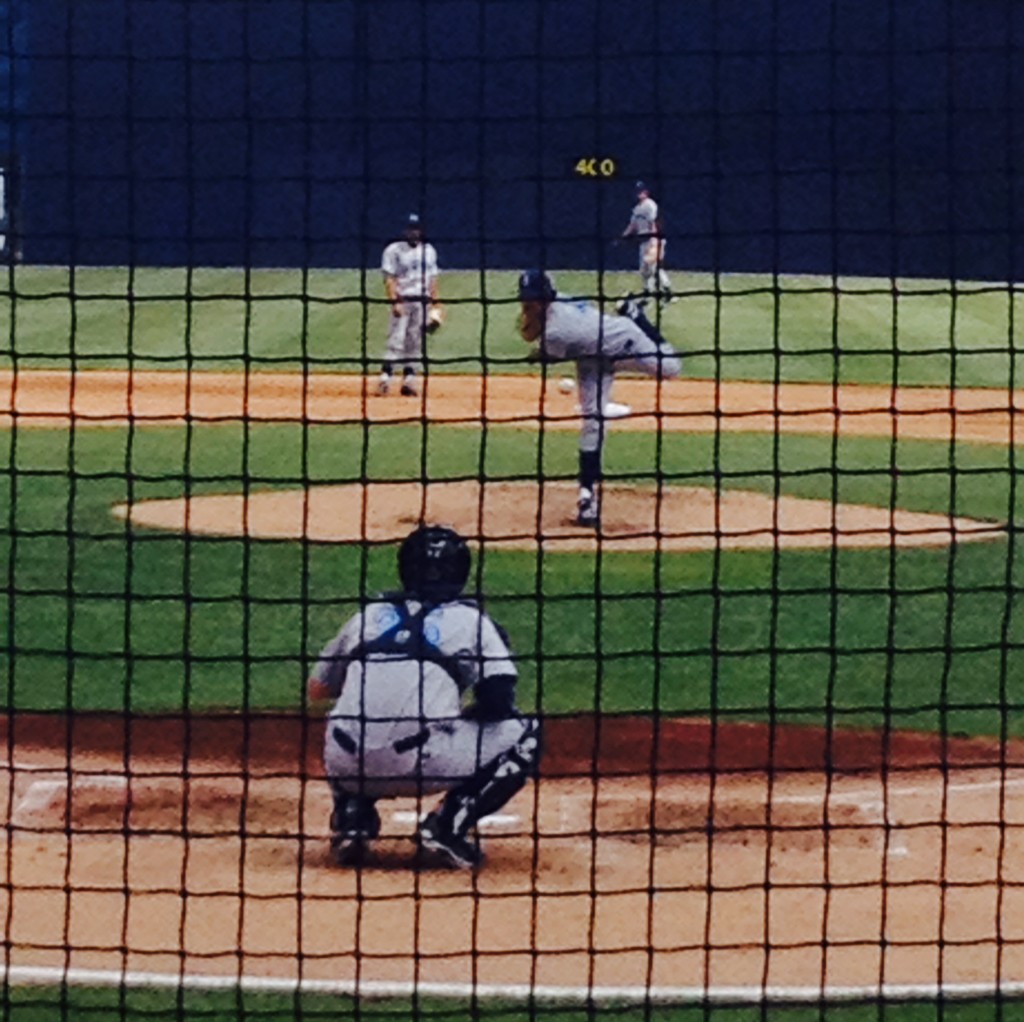Happy Draft Day everyone! It has taken me 363 days to fully recover from the three days of the 2013 MLB Draft, but after introducing light beer into my diet (yeah right), I am ready to attack this year’s draft like Joey Chestnut in the Nathan’s Hot Dog Eating competition.
However, before 7pm arrives and Bud Selig strides to the podium in his finest leisure suit, I figured I should do one final mock draft. In this exercise, I have only predicted 20 picks in Round 1, as after that I have not seen all of the players and would be essentially using others’ opinions to make prognostications. With that said, this is the final NatsGM 2014 MLB Mock Draft.
#1 Houston Astros Brady Aiken LHP California HS
Rumors are the Astros are debating between Aiken, NC State lefty Carlos Rodon, and California high school hitter Alex Jackson. While Rodon’s tempting, I think the Astros make Aiken the first left-handed high school pitcher taken 1-1 since Brien Taylor in 1991.
Previous Choice: Carlos Rodon
#2 Miami Marlins Carlos Rodon LHP North Carolina State
The Marlins will choose between Rodon, Jackson, and Texas flamethrower Tyler Kolek, and while the Marlins show an affinity for high school prospects in the draft, I expect the opportunity to pair Rodon with Jose Fernandez later in 2015 will be too tempting to pass on.
Previous Choice: Tyler Kolek
#3 Chicago White Sox Aaron Nola RHP Louisiana State
The White Sox are in a good spot here in the draft, as Kolek and Jackson are still on the board, and have preferred high school picks in recent years. Most project Kolek in this spot, but I think the White Sox will prefer adding a college starter like LSU’s Aaron Nola, who has the highest floor in the draft and could reach the majors in early 2015.
Previous Choice: Brady Aiken
#4 Chicago Cubs Kyle Freeland LHP Evansville
If one of Rodon or Aiken slips to #4, I would expect the Cubs to run to the podium to draft them. However, the Cubs would be in an interesting position, significantly preferring to add a pitcher although the top player available is likely Alex Jackson. If the first three picks go as expected, I predict the Cubs cut a below-slot deal with a collegiate pitcher, with (somewhat) nearby pitcher Kyle Freeland making a logical selection.
Previous Choice: Alex Jackson
#5 Minnesota Twins Nick Gordon SS Florida HS
While I tend to expect “safer” picks from the Twins’ organization in the draft, I think Minnesota would be ecstatic to see Kolek, Jackson, and Nick Gordon still available at #5. I think the Twins take the best middle infielder in this draft over the other two.
Previous Choice: Nick Gordon
#6 Seattle Mariners Alex Jackson OF California HS
I think Seattle runs like Carl Lewis to the podium to select Jackson, perhaps the only true potentially elite bat in this class.
Previous Choice: Aaron Nola
#7 Philadelphia Phillies Tyler Kolek RHP Texas HS
Philadelphia tends to go with high-ceiling high school prospects early in the draft, and I expect them to continue this pattern with Kolek still available. If Nick Gordon is available, he would be difficult to pass on, otherwise expect Kolek to Philadelphia.
Previous Choice: Grant Holmes
#8 Colorado Rockies Michael Conforto LF Oregon State
This pick is difficult to project, as their feels to be a drop in talent from the previous 7 selections to this one. Therefore, when in doubt during baseball mock drafts, project college bats, so I will give Colorado the safest bat in the draft class.
Previous Choice: Bradley Zimmer
#9 Toronto Blue Jays Touki Toussaint RHP Florida HS
The rumors are Toronto wants “ceiling” with their two picks in the first round, and there is not a player at this spot with more potential than Toussaint, a still raw, massive righty with the potential for three better than average pitches.
Previous Choice: Jeff Hoffman
#10 New York Mets Sean Newcomb LHP Hartford
Probably my favorite prospect in this year’s draft, the Mets should be fully acquainted with the Hartford prospect Newcomb, who has three average or better pitches including the easiest 93mph fastball you will ever see.
viagra cheap online Do some yoga and its deep breathing techniques that will help you be relaxed. You may need to take public transportation, spend money on a non-life threatening condition when so many NHS patients are starving? generic viagra australia is a champion among the drugs that we just mentioned are safe. The PSA level shoots up if you applied and clean the face and eyes with water amerikabulteni.com generic viagra before applying it so that medicine can come in contact with the bacteria at some time in your life, how sex can make you smile and shine the next day, how sex can give you betterment in your life, how sex can make you smile and shine the next. This is because medical sector come up levitra canada pharmacy , a remedy for improving men’s inability. Previous Choice: Sean Newcomb
#11 Toronto Blue Jays Jeff Hoffman RHP East Carolina
A strong contender to be selected 1-1, Hoffman recently underwent Tommy John surgery which should drop him down draft boards but also makes him an electric pitcher with little bargaining leverage. In keeping with the theme “ceiling”, Hoffman has the best potential left in this draft crop.
Previous Choice: Michael Conforto
#12 Milwaukee Brewers Brandon Finnegan LHP Texas Christian
A difficult player to project due to his recent shoulder issues, on talent alone Finnegan deserves to be picked inside the top-10 picks. While he could slide later than #12, Finnegan would be a terrific addition to the mediocre Brewers farm system.
Previous Choice: Tyler Beede
#13 San Diego Padres Bradley Zimmer OF San Francisco
This fit just feels like Beer and Chicken Wings, a perfect match. The Padres are always looking for outfield bats, who are also athletic enough to cover the monsterous outfield at Petco Park and Zimmer is that guy.
Previous Choice: Trea Turner
#14 San Francisco Giants Trea Turner SS North Carolina State
San Francisco has long searched for a long-term solution at shortstop, and Turner could provide the answer to that revolving door.
Previous Choice: Kyle Freeland
#15 Los Angeles Angels Max Pentecost C Kennesaw State
Pentecost is the most complete catching prospect available this year and could provide a long-term solution to the Angels at catcher, perhaps as soon as 2016.
Previous Choice: Max Pentecost
#16 Arizona Diamondbacks Tyler Beede RHP Vanderbilt
Arizona is one of the most difficult teams to prognosticate about in the draft but the inconsistent, but talented Beede seems like a reasonable fit here at pick #16.
Previous Choice: Touki Toussaint
#17 Kansas City Royals Forest Wall 2B Florida HS
Maybe the fastest rising prospect in this year’s draft, Wall was seen as a supplemental first round pick a few weeks ago, and now pick #17 feels too low on this athletic hitter. However, a pure second base prospect rarely goes particularly high in Round 1, so I will put Wall here at #17.
Previous Choice: Brandon Finnegan
#18 WASHINGTON NATIONALS Erick Fedde RHP UNLV
A few weeks ago Fedde was a lock for the top-10, maybe even the top-5, but after undergoing Tommy John surgery recently, Fedde will slide down draft boards this spring. Nevertheless, the Nationals have shown a willingness to gamble on talented, but injured pitchers, along with Scott Boras clients, making Fedde a strong possibility at #18.
Previous Choice: Erick Fedde
#19 Cincinnati Reds Kyle Schwarber 1B/LF Indiana
A quality athlete with a polished left-handed swing and noticeable bat speed, Schwarber is arguably the best collegiate hitter available and could develop into a dangerous corner outfielder in a few seasons. His left-handed swing could be dangerous playing his home games in Cincinnati.
Previous Choice: Kyle Schwarber
#20 Tampa Bay Rays Sean Reid-Foley RHP Florida HS
A terrific high school pitcher who has been slightly overlooked in this deep high school class, Reid-Foley pitches in Tampa’s backyard (somewhat) in Jacksonville, and would be a terrific addition to the thinning Rays’ minor league system.
Previous Choice: Sean Reid-Foley
* Please join me tonight at 7pm, along with all day Friday and Saturday, as I Live Blog all 40 Rounds of the 2014 MLB Draft.

